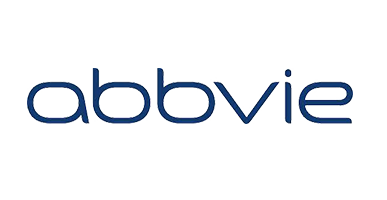
AbbVie Inc. (NYSE:ABBV) reported an earnings per share (EPS) of $2.46, beating the estimated $2.38 and marking a 2.93% earnings surprise.
The company’s revenue reached approximately $13.34 billion, exceeding forecasts and indicating a 3.39% positive surprise.
Despite strong earnings and revenue growth, AbbVie faces challenges with a high debt-to-equity ratio of 20.19 and a current ratio of 0.66.
AbbVie Inc. (NYSE:ABBV) is a prominent player in the pharmaceutical industry, known for its innovative treatments and therapies. The company focuses on developing and marketing advanced medicines, particularly in immunology, oncology, and virology. AbbVie competes with other large pharmaceutical companies like Pfizer and Merck, striving to maintain its position through continuous research and development.
On April 25, 2025, AbbVie reported earnings per share (EPS) of $2.46, surpassing the estimated $2.38. This performance marks a 2.93% earnings surprise, as highlighted by Zacks, and an improvement from the $2.31 EPS reported in the same quarter last year. AbbVie has consistently outperformed consensus EPS estimates over the past four quarters, showcasing its strong financial management.
The company also reported revenue of approximately $13.34 billion, exceeding the estimated $12.93 billion by 3.39%. This is a significant increase from the $12.31 billion reported a year ago. AbbVie’s consistent ability to surpass revenue estimates highlights its effective sales strategies and market presence, particularly in the Zacks Large Cap Pharmaceuticals industry.
AbbVie’s strong financial performance is driven by robust sales of its newer immunology drugs, Skyrizi and Rinvoq. These products have enabled the company to increase its profit forecast for 2025, as noted during its Q1 2025 earnings conference call. The call featured key company figures and was attended by analysts from major financial institutions, emphasizing the importance of AbbVie’s strategic initiatives.
Despite its impressive earnings and revenue growth, AbbVie faces challenges with its financial ratios. The company has a debt-to-equity ratio of approximately 20.19, indicating a significant level of debt compared to its equity. Additionally, the current ratio stands at about 0.66, suggesting potential difficulties in covering short-term liabilities with current assets.

